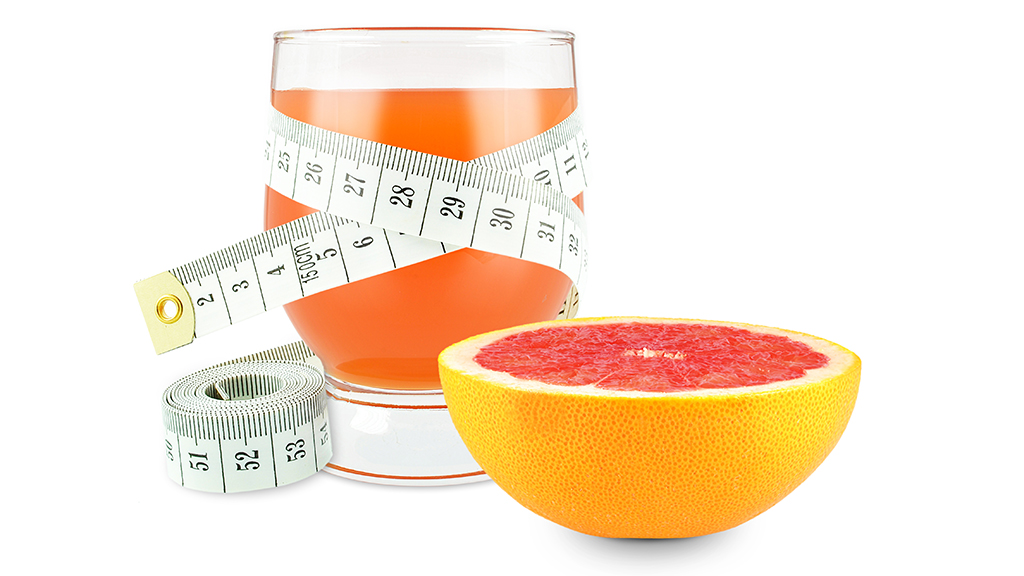Abstract
This case study was developed to teach nursing students about the importance of enzyme reactions and inhibition, not only in normal biochemistry, but also in drug metabolism. Students assume the role of an ER nurse as they tend to a patient displaying symptoms of drug toxicity due to interactions between dietary grapefruit juice and a commonly prescribed cholesterol-lowering drug (a statin). Students review the basics of enzyme-catalyzed reactions and are introduced to a key class of clinically relevant enzymes, the cytochromes P450 (CYPs). Through directed questions, students research the biochemistry of the enzymes and inhibition, explain the physician’s diagnosis, and counsel their patient on strategies to improve her health. The case can also be used to reinforce the difference between water- and. fat-solubility and how molecules are excreted in the urine, since P450 enzymes act to add oxygen to their substrates, making them more water-soluble. The case was originally developed for early undergraduate nursing students in a required chemistry course covering principles of general, organic, and biochemistry.



